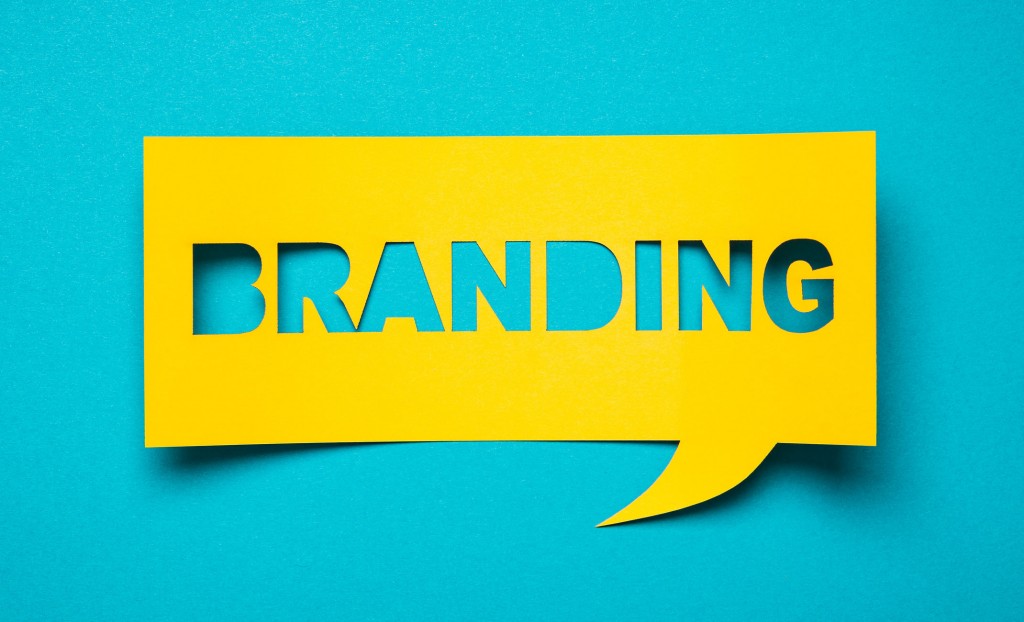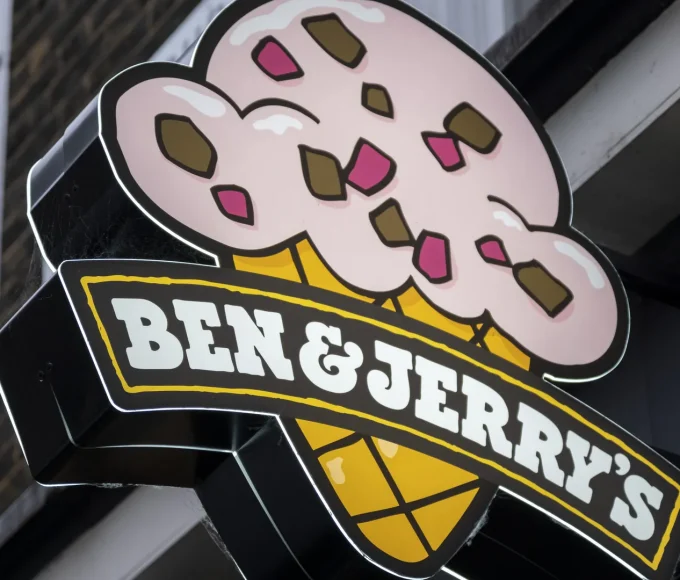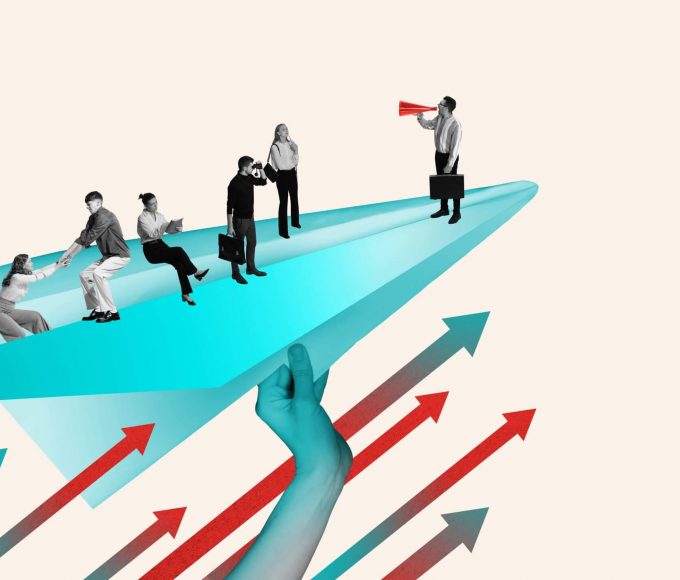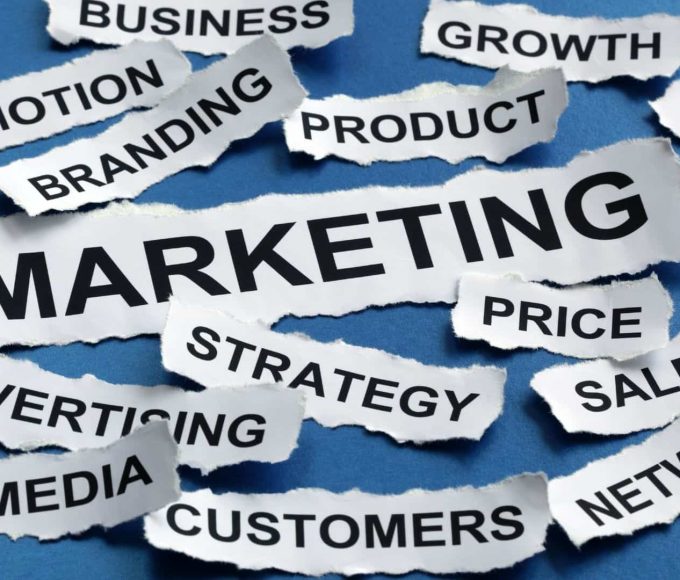Cracker Barrel’s recent logo controversy is a reminder of how delicate brand loyalty can be. Even a simple logo refresh can stir strong emotions when it touches something customers consider part of their identity.
The restaurant’s attempt to modernize its look backfired almost instantly. What was meant to appear fresh and relevant instead came across as a loss of authenticity. Fans accused the company of abandoning its roots, forcing the brand to backtrack. It’s a familiar story — one that countless companies have faced when a rebrand misses the mark.
Rebranding is supposed to rejuvenate a company’s image, but more often it exposes how deeply customers connect with familiar visuals and traditions. A logo is rarely “just a logo.” It holds memories, trust, and emotion. When brands change it carelessly, customers don’t just shrug — they push back, often loudly and publicly.
From Tropicana to Gap to Jaguar, the business world is full of examples proving that changing your look doesn’t always change your fortunes.
Brand Backfires: When Redesigns Go Off the Rails
Each failed rebrand plays out differently. Some collapse under online ridicule within hours; others unravel slowly as sales drop and trust erodes. What they all have in common is a failure to understand what made their identity valuable in the first place.
Cracker Barrel (2025) – The brand’s simplified logo was meant to modernize, but fans saw it as stripping away character. The backlash was fierce, forcing a quick reversal and proving that nostalgia can be both an asset and a trap.
Tropicana (2009) – A costly packaging redesign replaced the classic orange-with-a-straw with a bland, minimal look. Shoppers didn’t recognize it on shelves, and sales plummeted nearly 20% in weeks. The old design returned almost immediately.
Gap (2010) – The brand’s updated Helvetica logo was mocked across social media. Within days, customers demanded the original back, and Gap abandoned the redesign after less than a week. It became a textbook example of crowd-driven marketing backlash.
RadioShack (2009) – Hoping to sound modern, the retailer reintroduced itself as “The Shack.” The move confused customers and did nothing to revive sales, instead reinforcing perceptions that the brand had lost its sense of self.
Mastercard (early 2000s) – A short-lived redesign added a third circle to its iconic logo, complicating an otherwise simple mark. The confusing update was quietly dropped, showing how over-designing an icon can weaken it.
Leeds United (2018) – After months of consultation, the football club unveiled a new crest that fans immediately rejected. The traditional rose emblem was gone, and tens of thousands signed petitions against the change, forcing the club to retreat.
Abrdn (2021) – The rebrand from Standard Life Aberdeen to “Abrdn” was meant to look sleek and tech-forward, but instead became a punchline. The vowel-free name confused audiences, and after years of mockery, the company reinstated its old name.
Jaguar (2025) – A minimal “J and R” logo paired with lifestyle-focused messaging alienated loyal fans. Critics accused the brand of abandoning its essence of craftsmanship and performance in favor of trend-chasing.
Shock Top (2017) – The beer’s packaging revamp leaned heavily on its mascot but ignored shifting consumer tastes. Despite the redesign, sales continued to drop, proving that no amount of visual polish can save a category in decline.
Syfy (2009) – The SciFi Channel renamed itself to “Syfy” for trademark reasons, but the spelling change drew ridicule. Fans found it childish, and although the network survived, the name change remains infamous in branding circles.

Why Rebrands Fail
When you look closely, the same few errors appear again and again:
Loss of recognition – Customers rely on visual cues. Remove them, and familiarity disappears. Both Tropicana and Gap underestimated how vital their established designs were to brand recognition.
Ignoring heritage – A brand’s history isn’t outdated; it’s part of its emotional equity. Removing signature symbols, like Cracker Barrel’s rustic design or Leeds United’s rose, broke an emotional bond with fans.
Overcomplicating design – Some companies mistake novelty for progress. Mastercard’s extra circle and Abrdn’s vowel-free name showed how trying to be “clever” can instead create confusion.
Authenticity gap – When a rebrand feels more like a marketing stunt than a reflection of real values, it rings hollow. Jaguar’s lifestyle-driven positioning alienated its core audience.
Superficial fixes – Shock Top’s redesign failed because the problem wasn’t its logo — it was changing consumer behavior. Design tweaks can’t fix deeper business challenges.
The Real Lesson for Marketers
Rebranding isn’t doomed by default — when done thoughtfully, it can revive and strengthen a brand. Companies like Apple and Nike have evolved their identities over decades without losing their soul. The difference lies in respecting what customers already love.
A new logo won’t fix a fading strategy. A new name won’t make an irrelevant brand suddenly resonate. And chasing minimalist design trends won’t rebuild emotional connection.
Before any rebrand, marketers should ask:
- What parts of our identity do customers truly value?
- Are we addressing a real business challenge or just changing for the sake of change?
- Have we tested how loyal audiences will react before going live?
Successful rebrands evolve rather than erase. They protect emotional equity instead of discarding it. The lesson from every failed redesign — from Cracker Barrel to Gap — is simple: brands are built on trust, and once broken, that trust is hard to win back.






